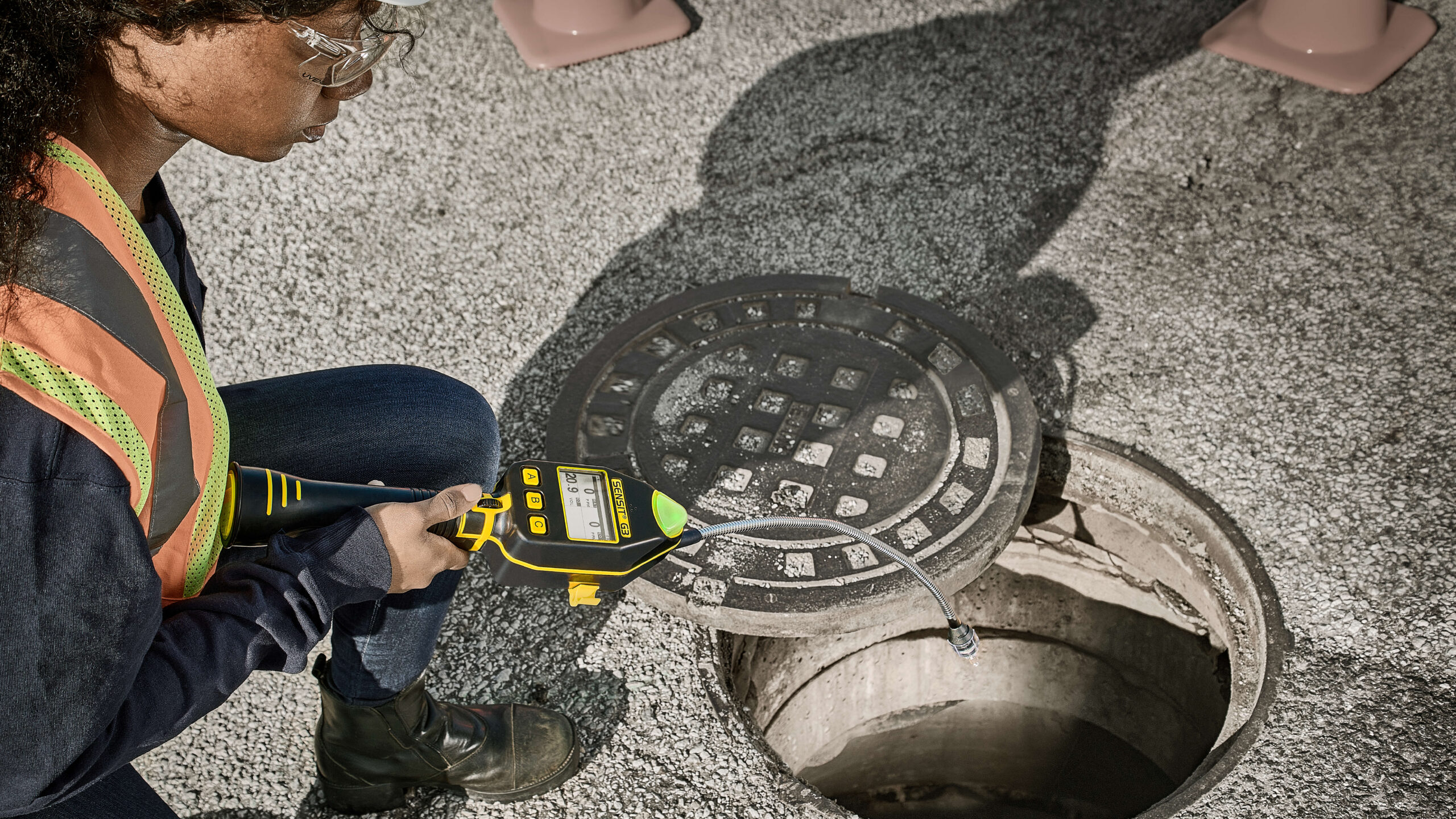Talking Gas
with SENSIT Technologies
What are the applications of H2?
Hydrogen is odorless and colorless and can be burned with oxygen to create energy with zero emissions. That’s huge in a world aiming to drastically reduce greenhouse gas emissions in order to dodge the impacts of climate change.
H2 is widely used in industry: in food production, in the refinement of oil and other fuels, in electronics manufacturing, in the production of fertilizer and methanol, and many other applications.
H2 can be burned in turbines to produce electricity. It can be used to power fuel cells in cars and airplanes, and even heat and light buildings.
There is potential for deep de-carbonization beyond what might be possible with renewable energy sources alone.
Because of its potential as a “green” fuel, there is growing interest in the Natural Gas industry to blend H2 with methane in the pipelines to reduce the GHG impact of natural gas-related emissions.

What are the dangers of Hydrogen?
Hydrogen is extremely flammable/combustible when mixed, even in small quantities, with air. The lower explosive limit of H2 is 4% (40,000 ppm) in air. Ignition requires very little energy and flow.
Liquid hydrogen can cause cold burns. At high concentrations, H2 may cause choking or hypoxia. However, H2 disperses quickly in ventilated spaces due to its low density (0.07 relative to air).
How do you detect and measure Hydrogen?
An appropriate gas detector and/or flame detector designed to detect H2 specifically will alert personnel to danger, giving them time to implement their organization’s safety protocols.
Hydrogen detection and monitoring requirements vary. Users must determine whether they need %LEL detection (in a potentially explosive atmosphere), % Volume detection (for example, when purging natural gas pipelines), or PPM level detection (to identify system leaks).
Detecting Hydrogen:
KEY POINTS TO CONSIDERMulti-gas detectors, CGIs, and 4-gas meters/monitors often use Catalytic Sensors, which are 1.2 times more reactive to H2 than CH4 (methane).
Many CGIs and multi-gas detectors also use thermal conductivity sensors which are 10 times more reactive to
H2 than CH4.Combustible gas detectors using semiconductor sensors (for LEL and PPM level detection) are 1.2 times more reactive to H2 than CH4.
Carbon monoxide detectors and monitors using electrochemical sensors are cross-sensitive to H2. For example, 500 ppm H2 can yield a reading of 50 ppm CO on many detectors.
Not all technologies detect H2, this can lead to ‘masking’
what should be an alarm event, for example:- Infrared sensors (in some personal monitors and leak survey devices) will not detect H2.
- Methane-specific TDLAS (laser) remote methane
detectors will not detect H2. - Flame Ionization detectors will not detect H2 and are
not recommended for use in H2 blended natural gas
applications.
Talk to SENSIT Technologies. Discover the right Hydrogen monitor/detector for your application.
Contact SENSIT at [email protected]




